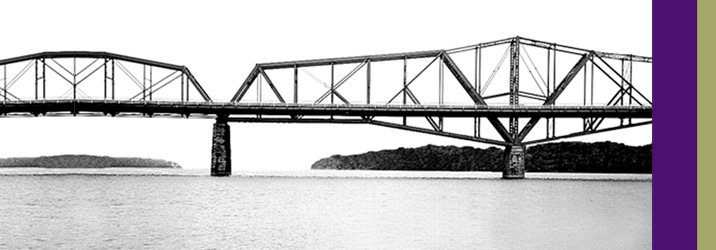
Oil Tanks
OIL TANK SPILLS | Protect Your Property and the Environment
Oil tank spills can occur for a variety of reasons, but the main causes are corrosion, improper installation, improper tank location, overfilling and/or breaks in the fuel line.
Did You Know?
- 42% of Atlantic Canadian homes have an oil tank
- Based on a study done by the IBC from 2008 - 2001, over 50% of oil spills reported in the Atlantic region were due to corrosion. Higher volumes were reported for tanks that are 6 -15 yrs old and are located outside
- The average cost of an oil spill clean-up is between $250,000 and $500,000, but the costs are often much higher
- 1 million litres of your drinking water would be contaminated if only 1 litre of oil leaked
- Over time, a hole in your oil tank that is as small as a pin, can leak 1,000 litres of oil
Be Prepared:
- Ensure that your oil tank is certified by the Standards Council of Canada (CSA) or the Underwriters Laboratories of Canada (ULC). This is usually indicated on the tank via a metal plate
- Ensure your tank is installed by a qualified professional and meets your provincial building code and/or regulations
- Never buy a used oil tank and never transfer oil from your old tank into your new one
- You should install your oil tank inside rather than outside, if possible. Oil tanks that are outside are at a much higher risk of damage and/or internal corrosion due to exposure to the elements
- There should be no odours from a properly installed indoor tank
- Have a release barrier (drip tray) to help contain any leakage
- Know the expected life span of your tank and be aware if your province has regulations dictating when your tank must be replaced
Prevention:
- Have your oil tank inspected regularly by a heating service professional
- If you have a tank that is not constructed or lined with non-corrosive materials, arrange to have any water and sludge removed from your tank annually to avoid accelerated internal corrosion
- Inspect your tank yourself regularly. Look for any signs of damage and/or corrosion (rust lines and pit holes)
- When buying or replacing your oil tank, look into the different types/varieties that are available to you including fibreglass and double-walled steel tanks
- Special attention must be given in situations where outdoor tanks are installed on recently disturbed ground, i.e. newly constructed homes, and in areas subjected to flooding and/or high winds
- If you must have your oil tank installed outside, it should be at least 15 metres (50 ft) from a well, on a concrete slab or patio stones, in an area where it can be easily inspected and away from a wall where it is more likely to rust
As the Homeowner You are Responsible
You are legally responsible for any oil tank that is located on any property that you own. This means that you are responsible for proper maintenance, the clean up of any spills or leaks and to report any spills or leaks to the federal/provincial/territory authorities.
Emergency Contact Numbers
(Found on the Environment Canada website):
New Brunswick: 1-800-565-1633 (Coast Guard, Fisheries and Oceans Canada)
Nova Scotia: 1-800-565-1633 (Coast Guard, Fisheries and Oceans Canada)
Ontario: 1-800-268-6060 (Spill Action Centre, Ministry of Environment)
Alberta: 1-800-222-6514 (Ministry of Environment)
Quebec: 1-514-873-3454 (Dept of Environment)
